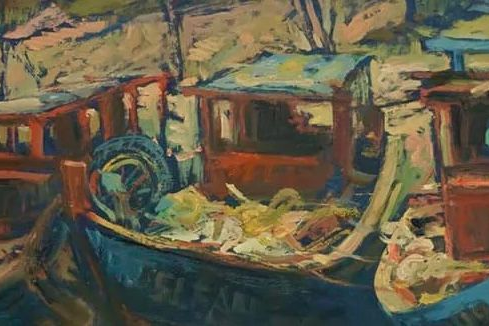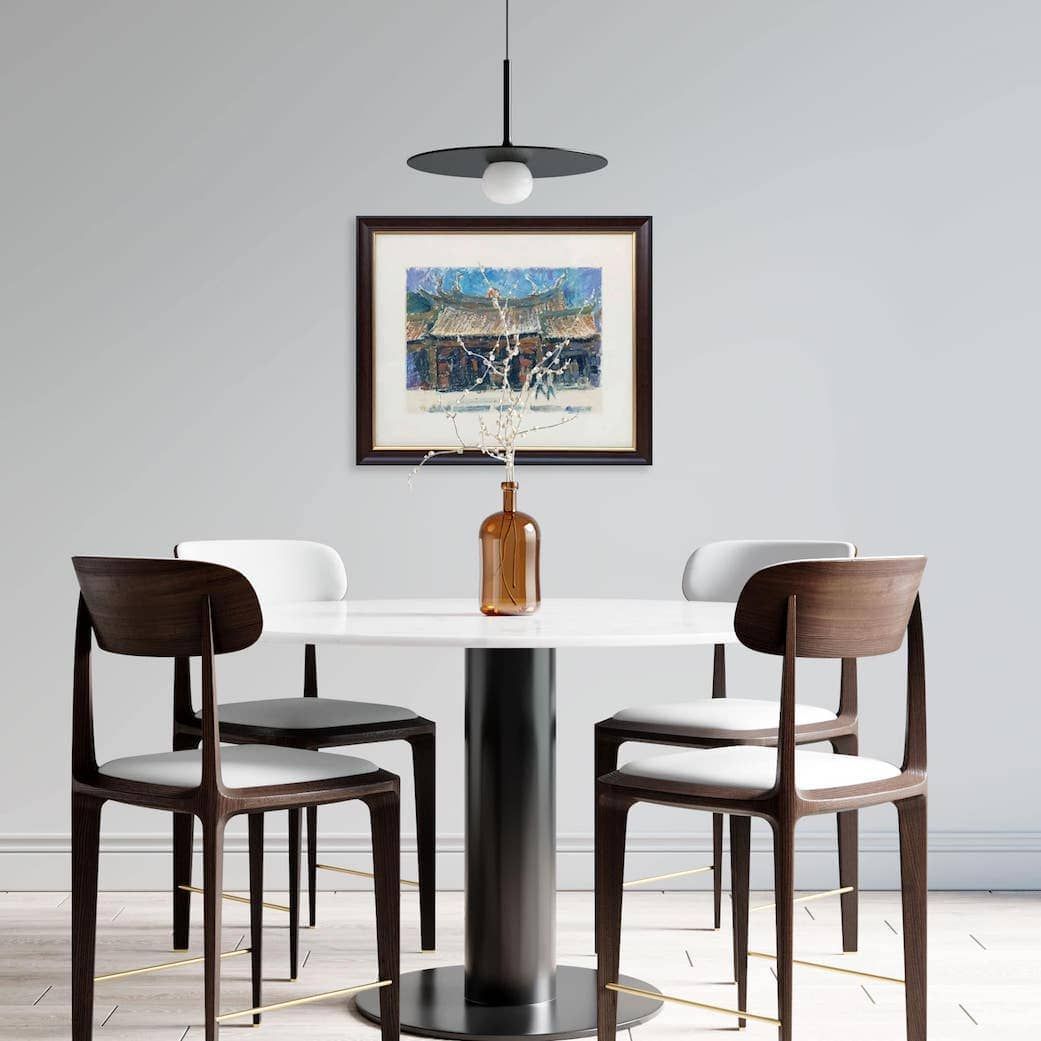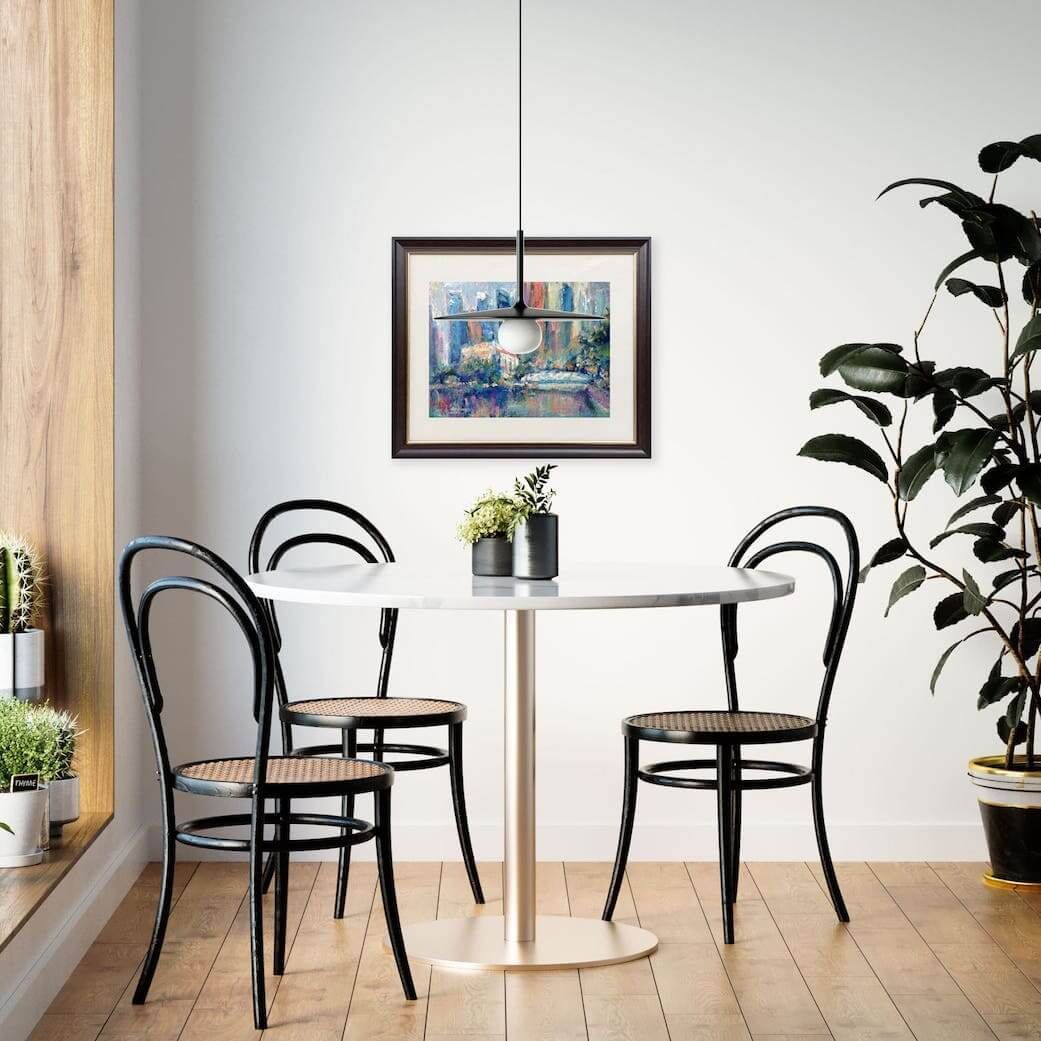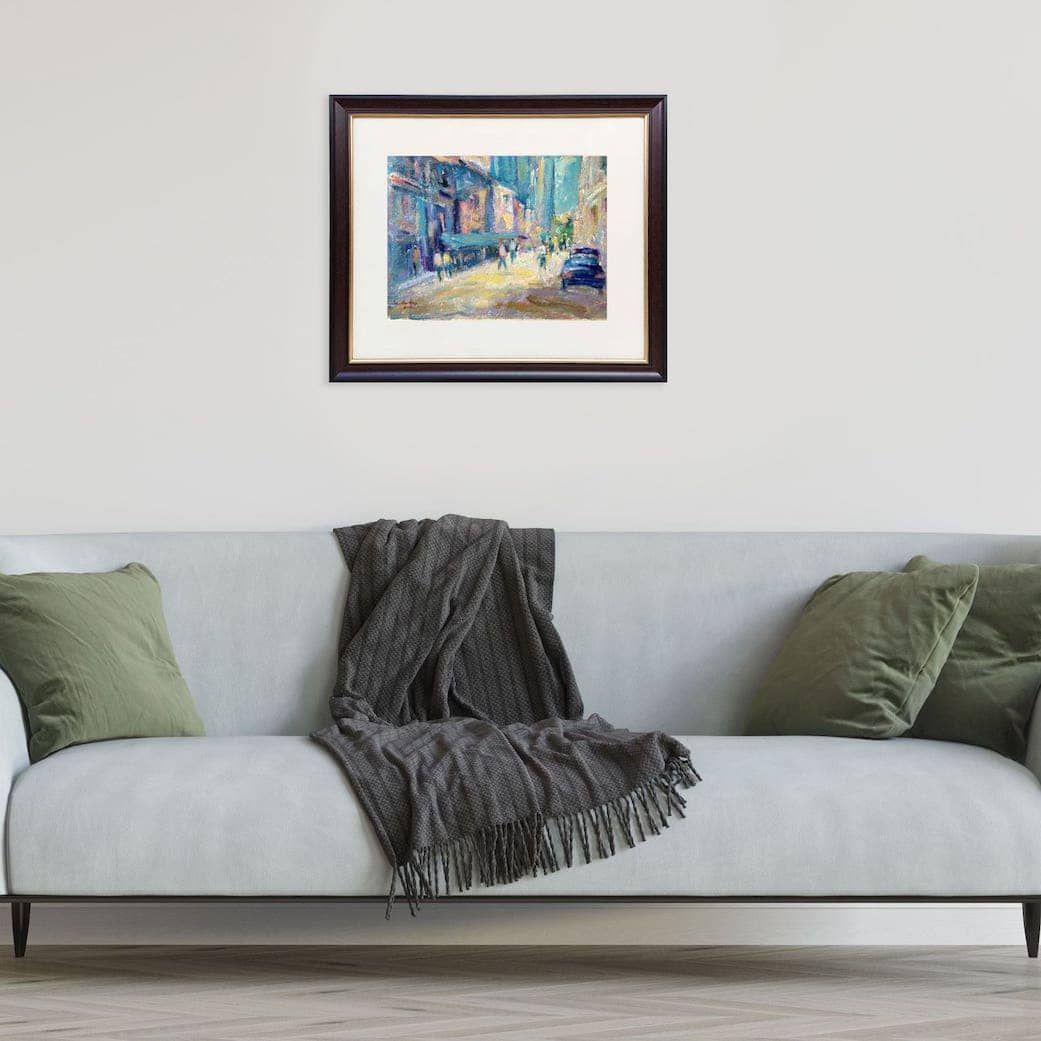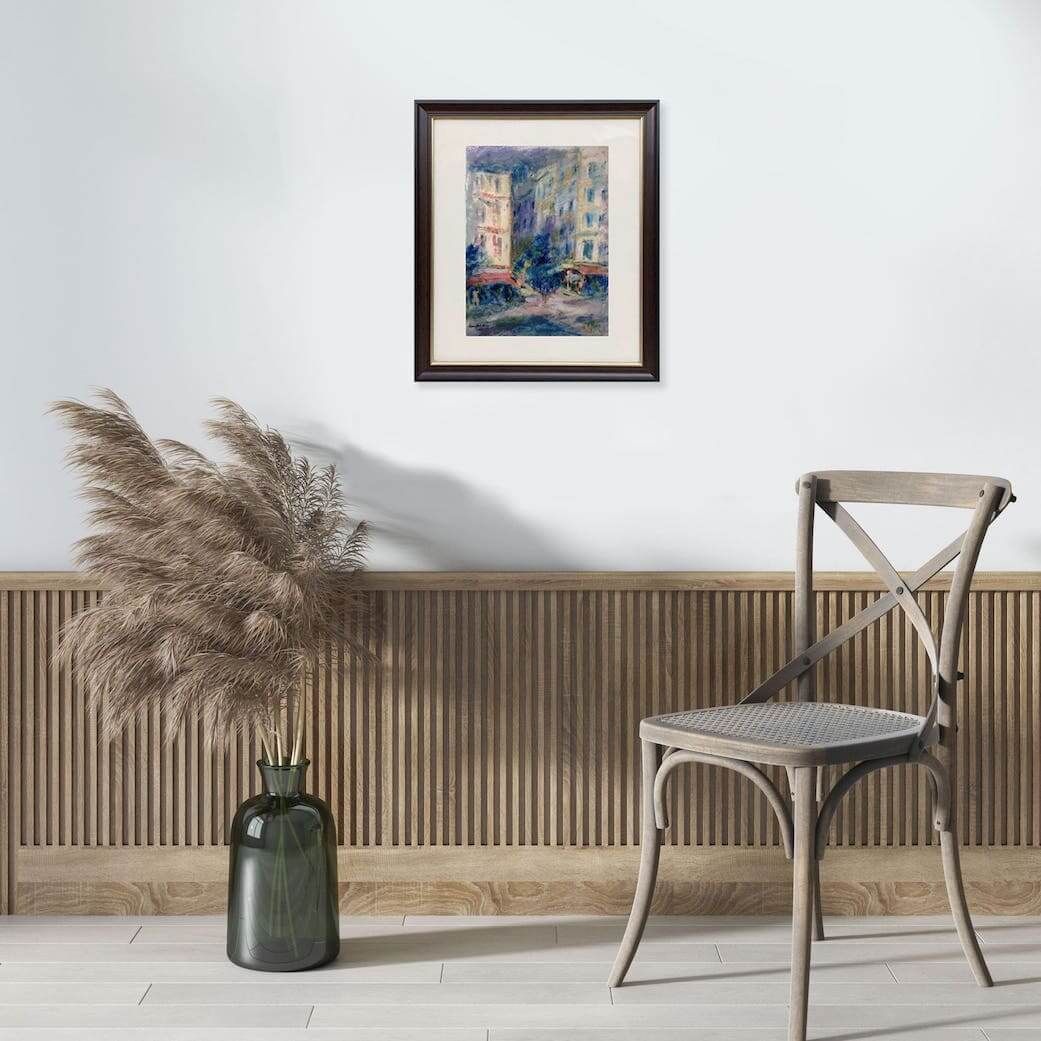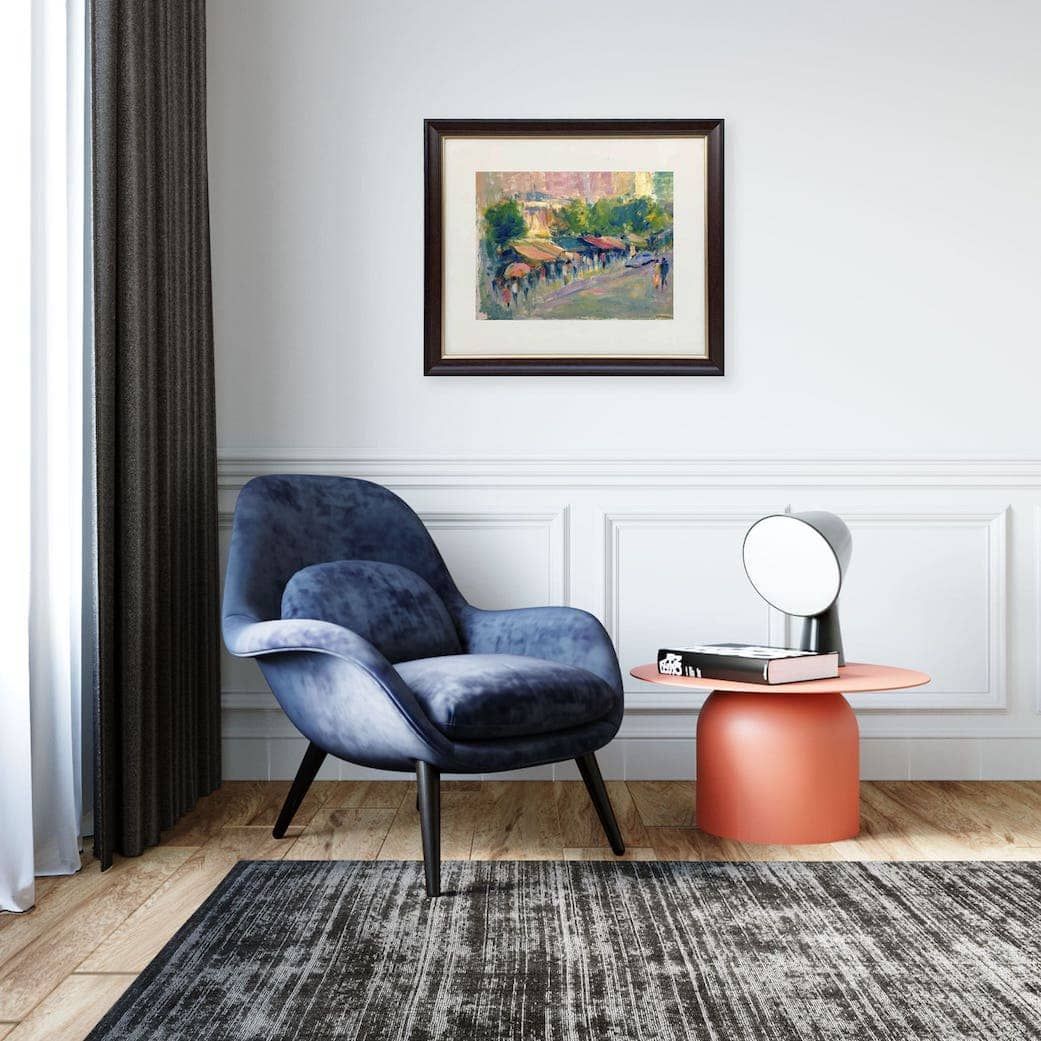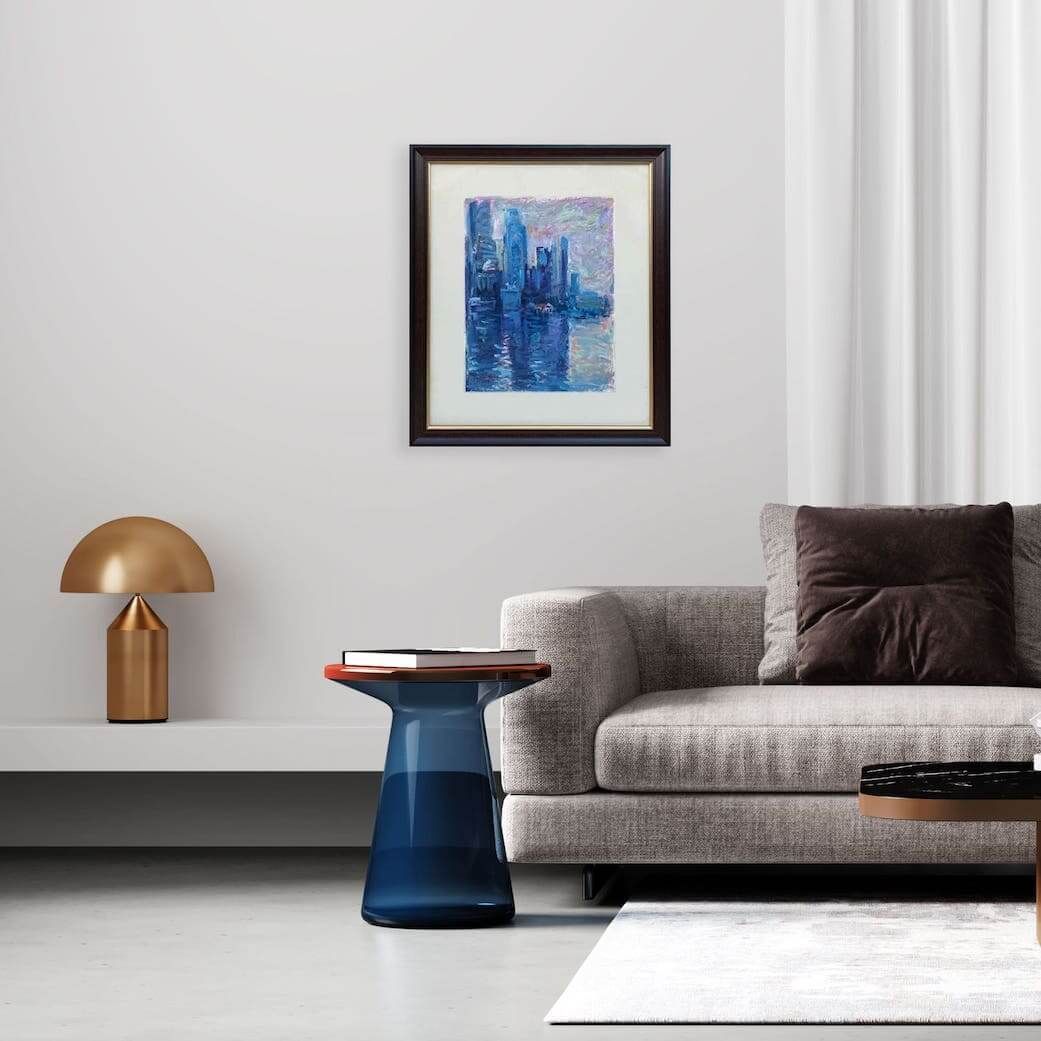Do Your Homework
Step 2: Do Your Homework (It is Easier Than It Sounds!)
Before you even step into an art gallery, take some time to reflect on your personal taste and style and do a little online sleuthing.
This is not about becoming an art historian overnight, but rather getting a feel for what is out there and what you like.
Knowing what you like will help you navigate the gallery’s offerings more confidently.
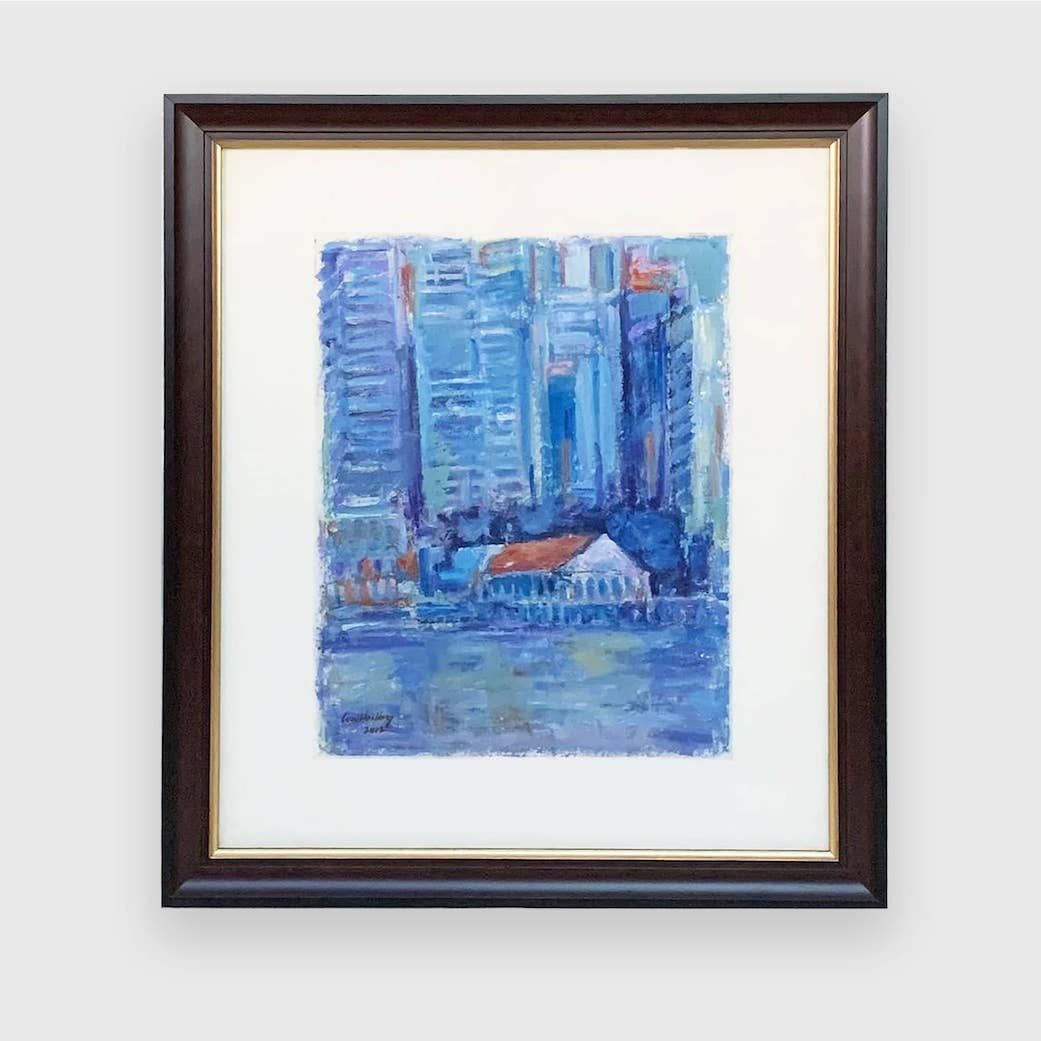
Understand Your Taste & Style
Do you gravitate towards abstract, contemporary, classical, or something else entirely?
Looking at art online – museum websites, art blogs, even social media – can help you identify your aesthetic preferences.
This will help narrow down which galleries to visit.
Set a Budget (Even a Flexible One!)
Art prices can vary wildly.
Having a general idea of what you are comfortable spending will help gallery staff guide you towards suitable pieces and prevent you from falling in love with something far outside your range.
Remember, art is an investment, both financially and emotionally!
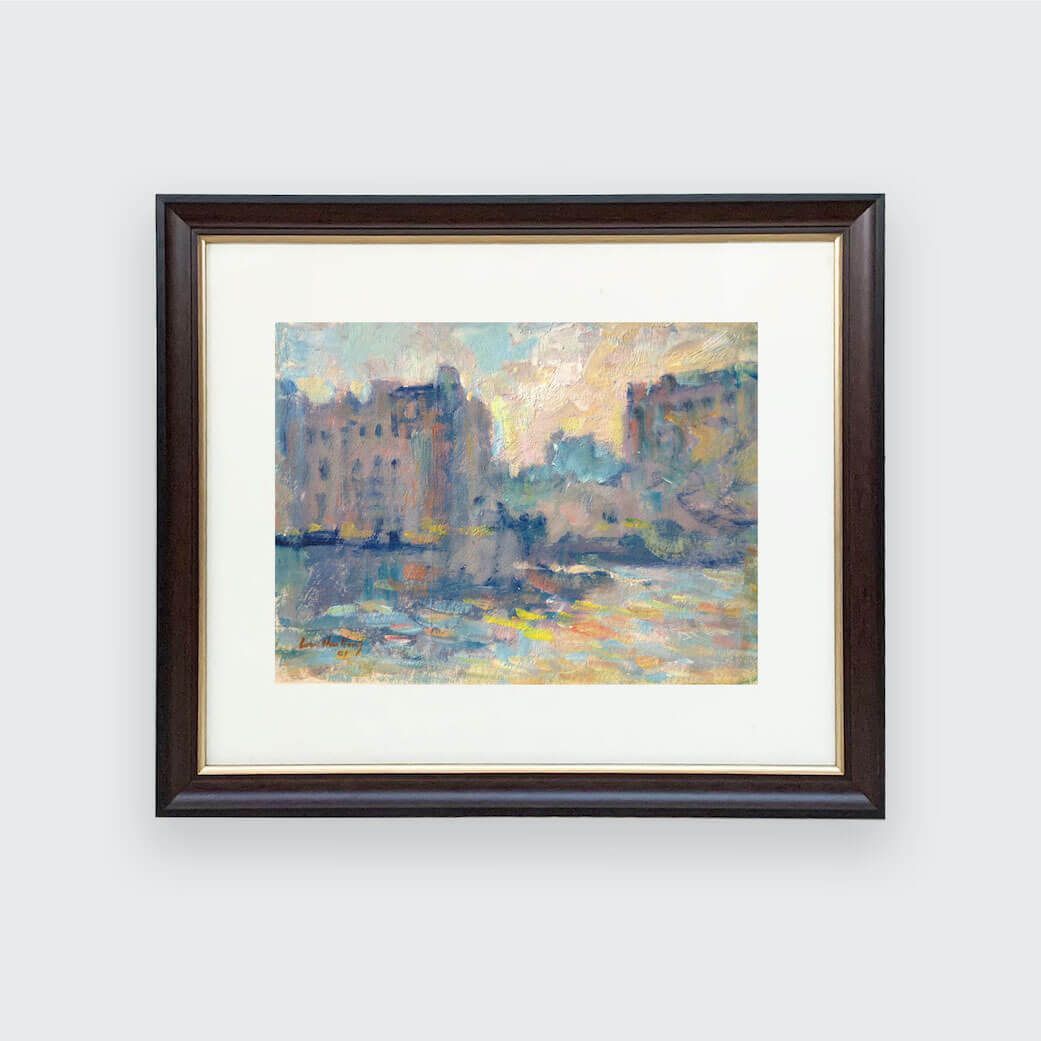
Research Prices
Familiarise yourself with the market value of the type of art you are interested in. This will help you gauge whether a price is fair.
Research the Gallery
Not all art galleries are created equal. Some may specialise in specific genres or artists, while others might have a more diverse collection.
Doing a little homework on the gallery itself can enhance your buying experience.
A quick search of the gallery you plan to visit can give you insights into the types of art they typically show, the artists they represent, and their reputation.
When you are buying art from an art gallery, you are also buying into the gallery's expertise and reputation.
A reputable gallery offers a level of assurance and often represents artists with strong potential.
Are they known for emerging artists or established names?
- Look for Longevity and Experience: Has the gallery been around for a while? Galleries with a track record tend to have established relationships with artists and collectors.
- Reputation: Check online reviews and testimonials. A gallery with a solid reputation is more likely to offer quality art.
- Exhibitions: Look at past and upcoming exhibitions. This can give you insight into the gallery's focus and the artists they represent.
- Artist Representation: Reputable galleries often represent artists who have a strong exhibition history, critical acclaim, or are featured in significant collections. This adds to the value and provenance of the art.
- Staff Knowledge: Are the gallery staff knowledgeable, helpful, and transparent? They should be happy to answer your questions, provide information about the artwork and artist, and make you feel comfortable. A good gallery wants to build a relationship with you, not just make a sale.
